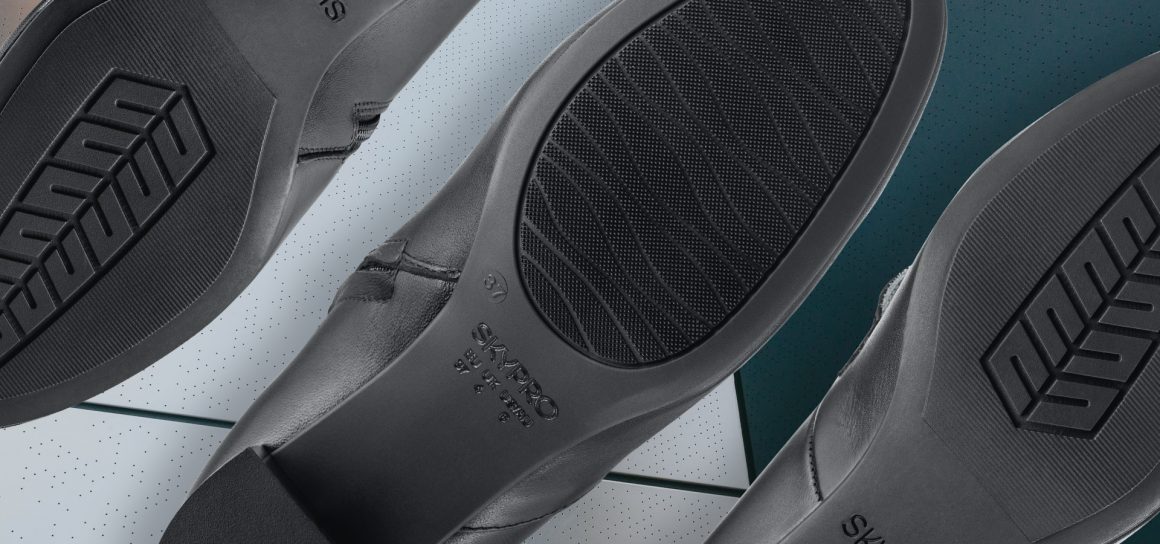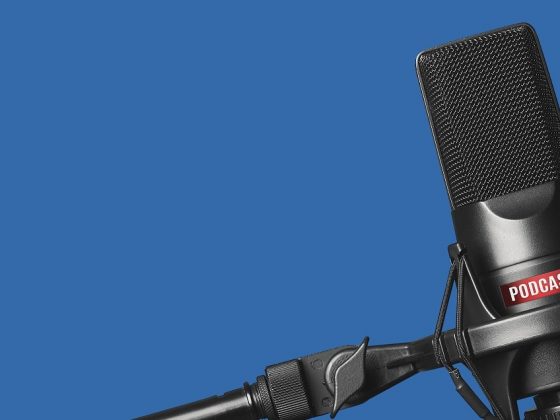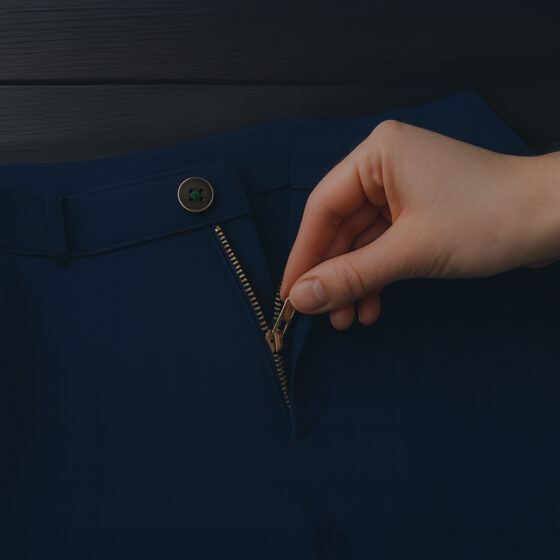1. When the leather is hurting our feet. If you get the size right, a good shoe will adapt at will. Old wives’ tales, such as having to “break-in” the leather just don’t add up because the leather only breaks where it bends. That’s simply widen the shoes, making them fall off the foot and give you less stability.
2. When the shoes start hurting our toe line that means they’re applying too much force in certain areas of the foot. The plantar weight should be correctly distributed so as to prevent any major pain in the bones or joints. On top of that, it can lead to incorrect posture.
3. When the shoe doesn’t go back to its regular shape or if still feels moist in the morning. This highlights the shoe’s lack of proper, quality materials able to withstand intensive usage. In turn, this will significantly reduce the shoe’s lifetime and further the appearance of fungi and other bacteria.
4. When our workday is filled with daily hazard such as slippery surfaces, this constitutes a warning sign that the shoe needs to have a special nitrile rubber outsole. A shoe should always protect the foot while also providing a protective layer. More often than not, falling because you slipped will result in a serious bone or joint injury.










